© 2025 MJH Life Sciences™ , Patient Care Online – Primary Care News and Clinical Resources. All rights reserved.
Substance Use and Abuse: An Update
Brief summaries highlight the latest developments and research findings regarding this serious and growing health problem.
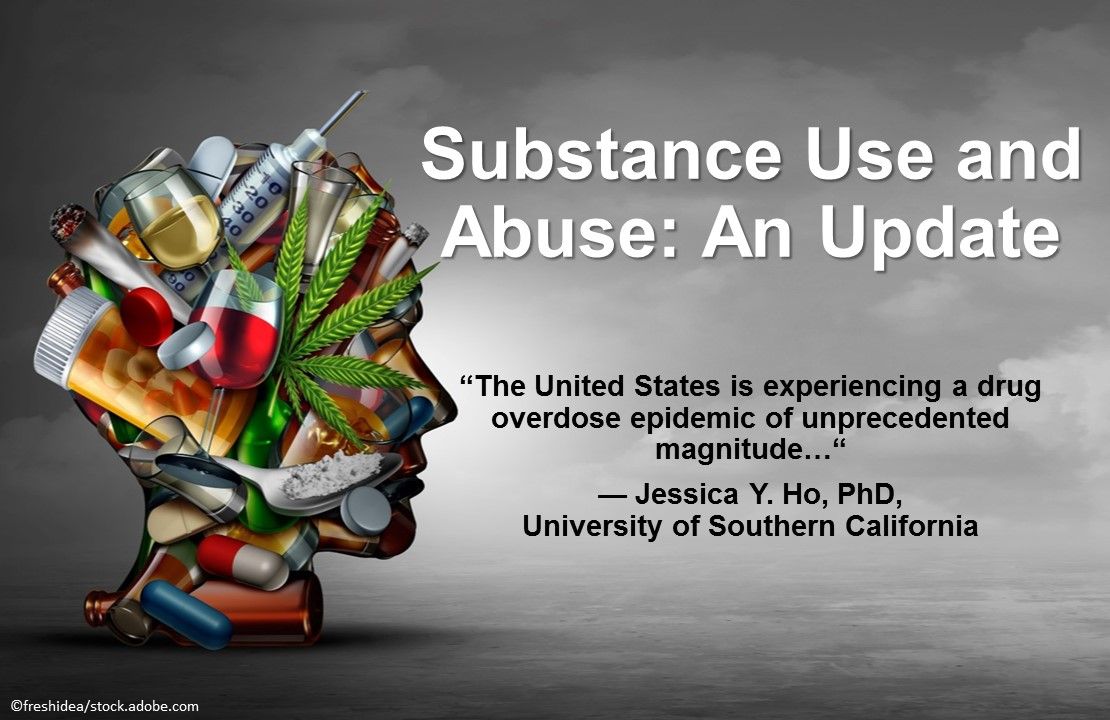
Substance use, misuse, and abuse is a serious and growing health problem. Roughly 1 of every 10 persons struggles with some level of substance use, including addiction to prescription drugs.
Drug overdose has more than tripled over the past 2 decades to become the leading cause of injury deaths in the US, accounting for >70 000 deaths in 2017. Overprescription of opioid analgesics started the crisis, but heroin and illicit synthetic opioids-as well as alcohol, cannabis, cocaine, amphetamines, nicotine, and other addictive drug use-have significantly worsened it.
Click through the slideshow above to find concise summaries of the latest developments and research findings regarding substance use and abuse.
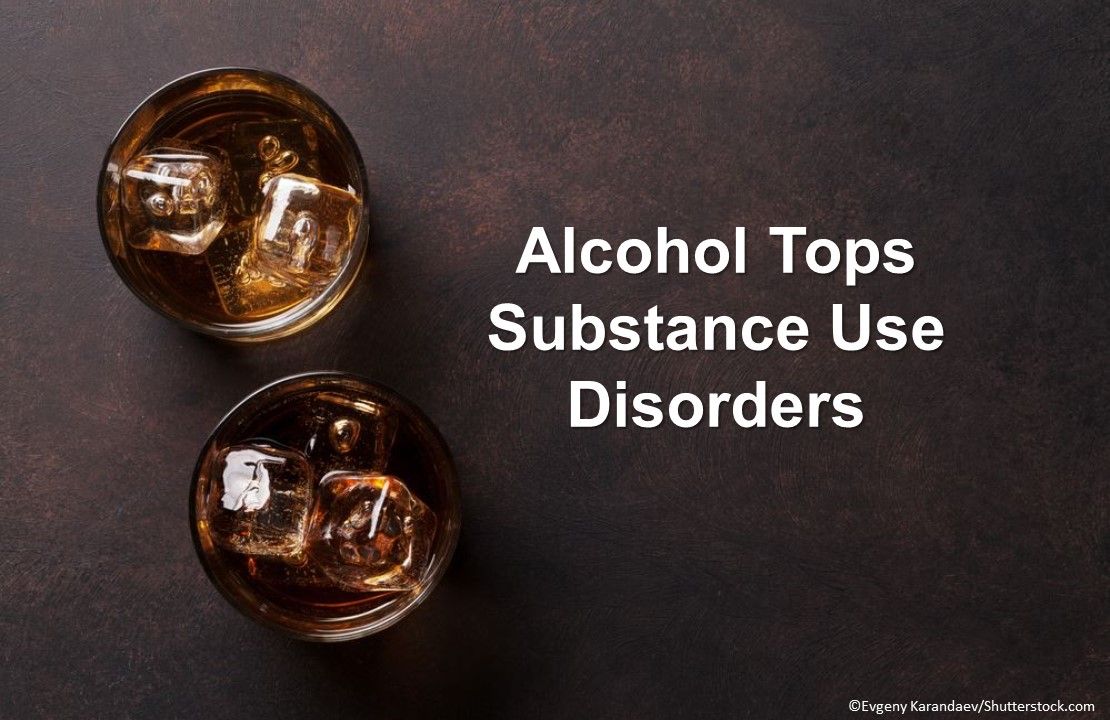
Alcohol use dependence, with ≥100 million cases, was the most prevalent substance use disorder worldwide in 2016. Drug use disorders also were common, especially cannabis dependence (22.1 million cases) and opioid dependence (26.8 million cases). For most disorders, prevalence was significantly higher for men. Much of the burden of disease attributable to alcohol and drug use, which varied substantially across geographic locations, resulted from their effect on other health outcomes.
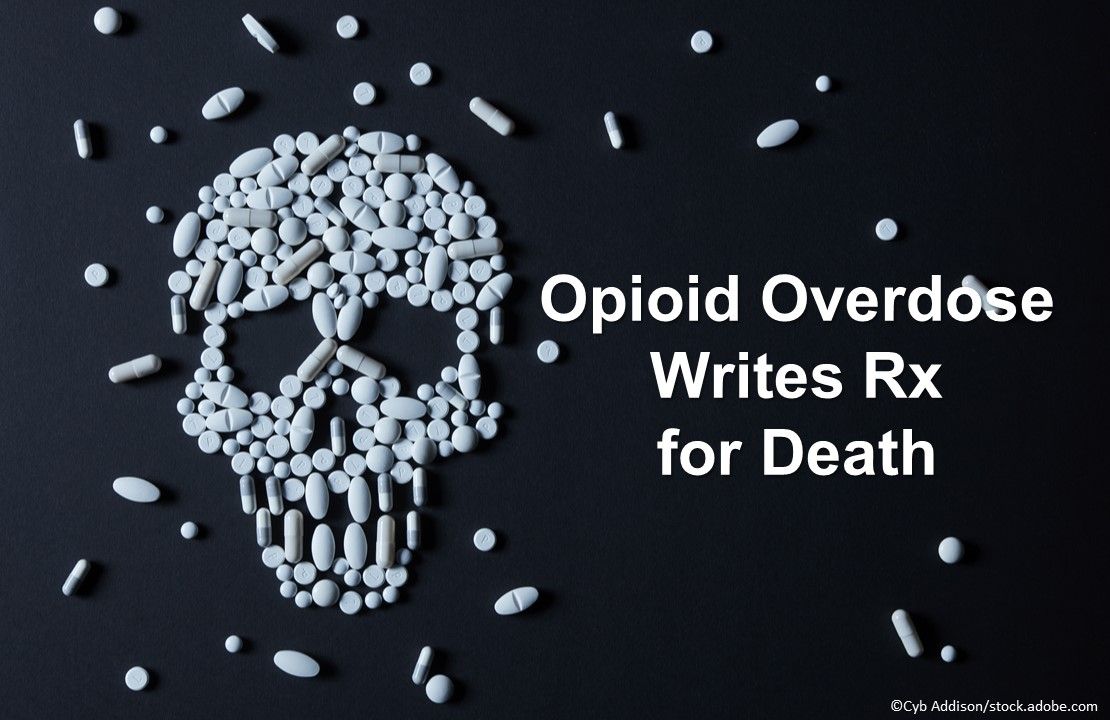
Drug overdose deaths continue to increase among men and women of all races and nearly all ages, especially opioid-related overdoses. Approximately two-thirds of the >70 200 drug overdose deaths in the US in 2017 involved an opioid; the number of overdose deaths related to opioids, including prescription opioids, heroin, and synthetic opioids (eg, fentanyl), was 6 times higher than in 1999. Of the >47 000 opioid overdose deaths in 2017, more than one-third involved prescription opioids.
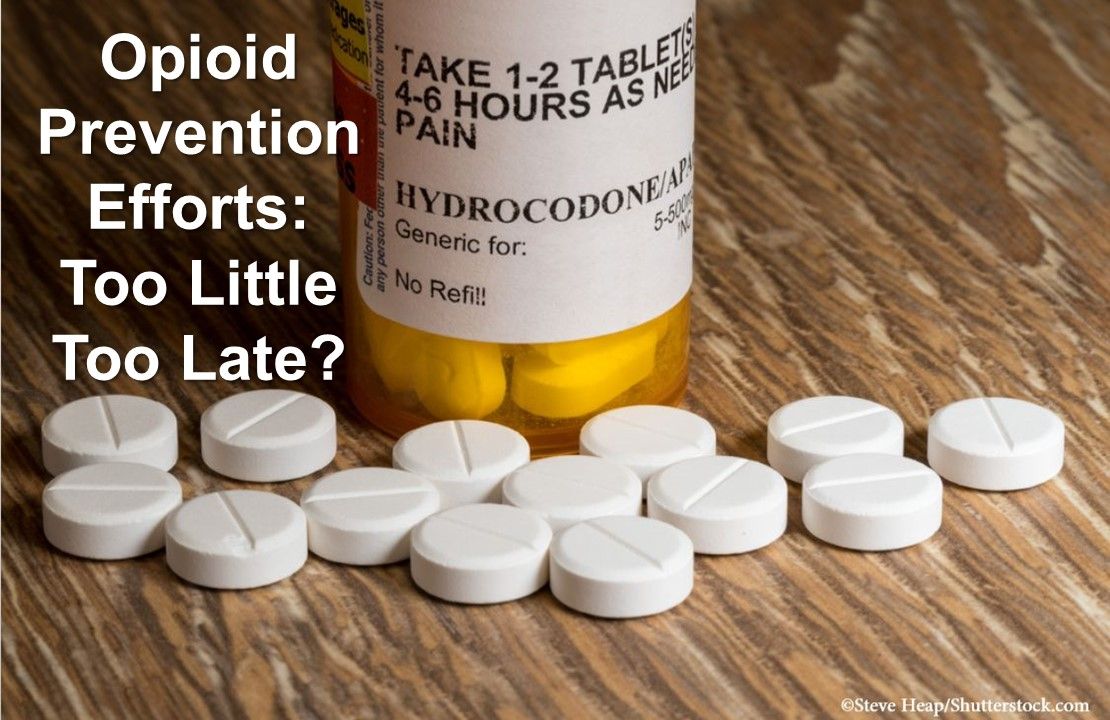
The opioid overdose crisis in the US is expected to worsen, with approximately 82 000 deaths predicted to occur each year by 2025, 80% of them attributable to illicit opioids. Current interventions, such as prescription monitoring programs, target prescription opioid misuse and will likely have only a modest effect. In fact, interventions focused on lowering the incidence of prescription opioid misuse were projected to lower opioid overdose deaths by just 3.0% to 5.3% in the coming years.
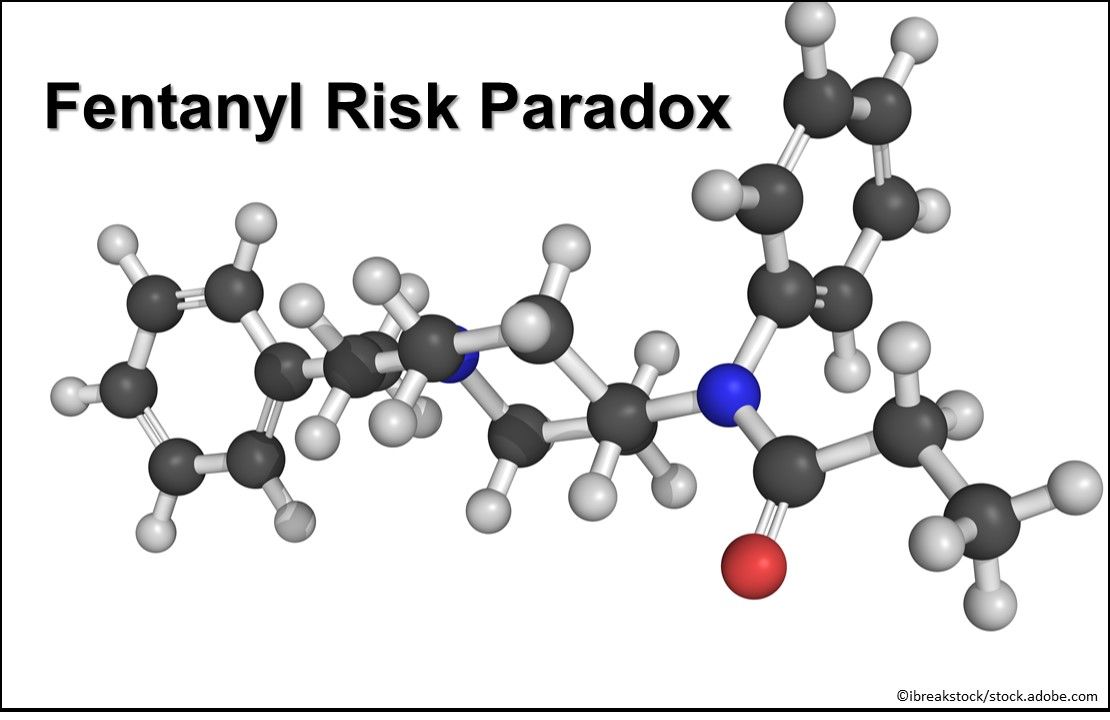
Levels of knowledge about proper transmucosal immediate-release fentanyl (TIRF) prescribing are high, but rates of inappropriate use are substantial. In a review of an FDA Risk Evaluation and Mitigation Strategy program to reduce the risk of adverse outcomes with TIRF use, 86.1% of pharmacists, 87.4% of prescribers, and 90.6% of patients correctly reported at 12 months that TIRFs are contraindicated in opioid-nontolerant patients. But at 60 months, 34.6% to 55.4% of the patients prescribed TIRFs were opioid-nontolerant.

Extended-release buprenorphine (BUP-XR), a subcutaneously injected, monthly buprenorphine treatment for opioid use disorder, was more effective vs placebo in a phase 3 trial. BUP-XR provides sustained buprenorphine plasma concentrations to block drug-liking of abused opioids over the monthly dosing period while controlling withdrawal and craving symptoms. Administration in a health care setting mitigates abuse, misuse, diversion, and unintentional exposure.

Binge drinking, the most common alcohol-consumption pattern among adolescents, is associated with cognitive impairments. A longitudinal study explored binge drinking motives (social order, conformity, enhancement, coping) among Belgian adolescents aged 12-15 years to inform the development of preventive interventions. Enhancement motivation (the search for the enjoyable sensations felt when drinking) was found to be the unique predictor of future binge drinking. Social motives were not a strong predictor.

Electronic cigarettes, or e-cigarettes, were more effective for smoking cessation vs nicotine-replacement therapy in a highly publicized study. The rate of sustained abstinence for 1 year, the primary outcome, was 18.0% in the e-cigarette group vs 9.9% in the nicotine-replacement group. Participants with 1-year abstinence in the e-cigarette group were more likely to use their assigned product at 52 weeks. The e-cigarette group reported more throat or mouth irritation.
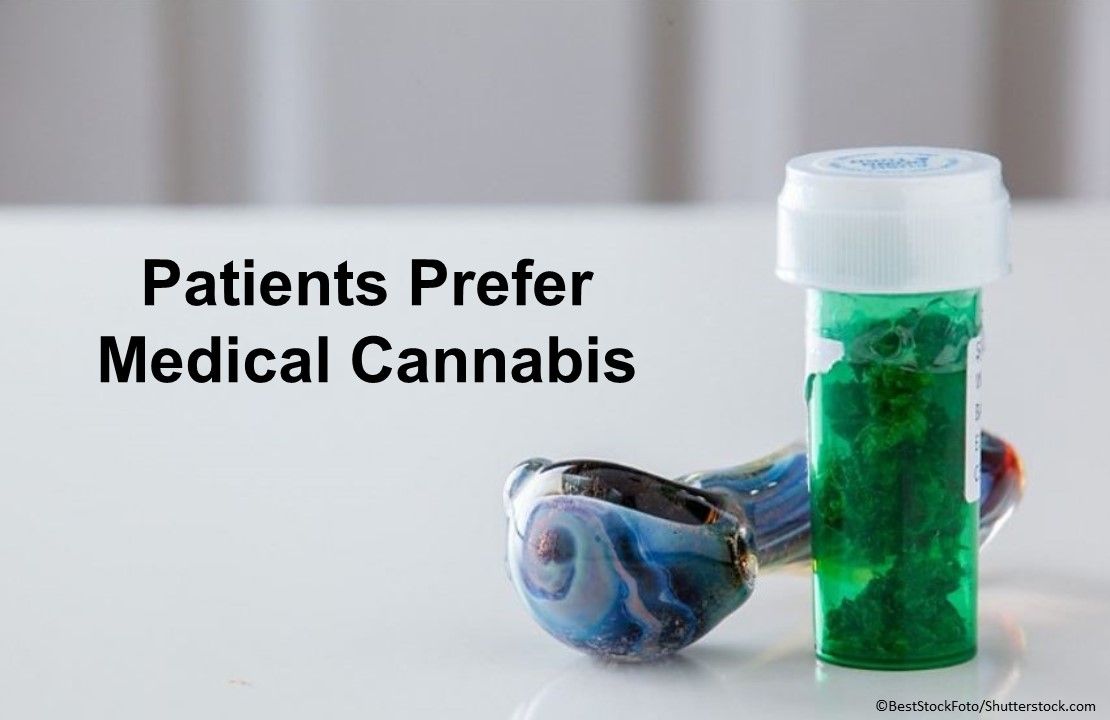
Medical cannabis users in a University of Michigan study reported more use of and trust in medical cannabis vs mainstream healthcare. They rated cannabis better than pharmaceutical drugs on effectiveness, adverse effects, safety, addictiveness, availability, and cost. With the medical use of cannabis, 42% of patients stopped taking a pharmaceutical drug, 38% used less of a drug, and 30% reported that their mainstream healthcare provider did not know they used medical cannabis.
